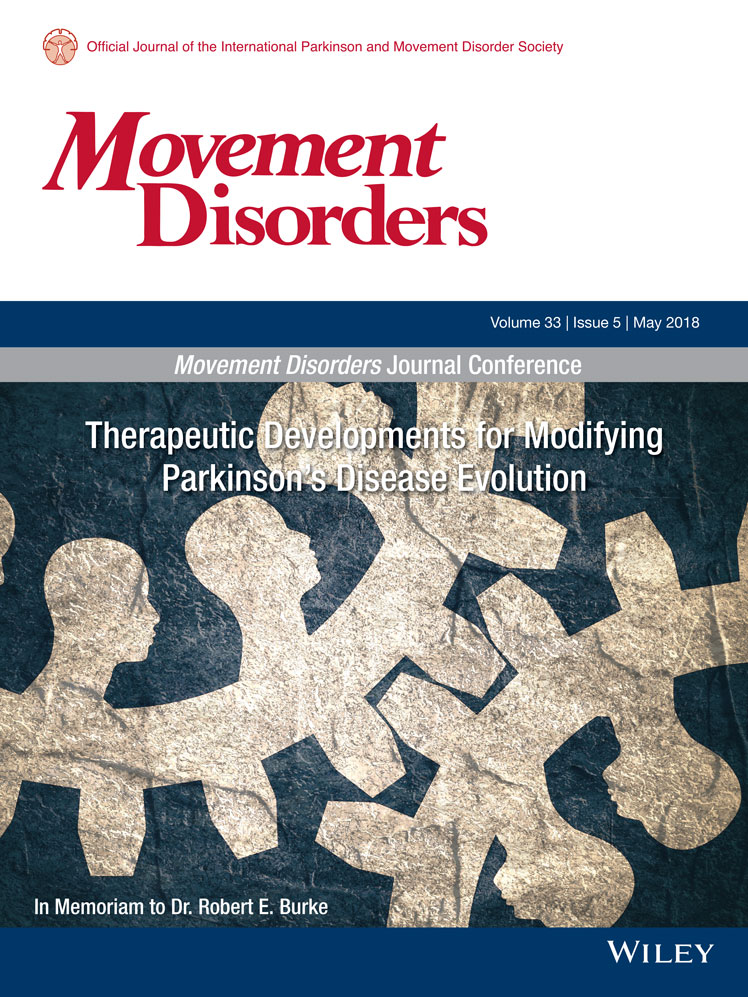Gluten ataxia
File:Gluten ataxia eng.ogv
en.wikipedia.org/wiki/Gluten
Gluten ataxia is an autoimmune disease triggered by the ingestion of gluten.[75] With gluten ataxia, damage takes place in the cerebellum, the balance center of the brain that controls coordination and complex movements like walking, speaking and swallowing, with loss of Purkinje cells. People with gluten ataxia usually present gait abnormality or incoordination and tremor of the upper limbs. Gaze-evoked nystagmus and other ocular signs of cerebellar dysfunction are common. Myoclonus, palatal tremor, and opsoclonus-myoclonus may also appear.[76]
Early diagnosis and treatment with a gluten-free diet can improve ataxia and prevent its progression. The effectiveness of the treatment depends on the elapsed time from the onset of the ataxia until diagnosis, because the death of neurons in the cerebellum as a result of gluten exposure is irreversible.[76][77]
Gluten ataxia accounts for 40% of ataxias of unknown origin and 15% of all ataxias.[76][78] Less than 10% of people with gluten ataxia present any gastrointestinal symptom, yet about 40% have intestinal damage.[76]
Other neurological disorders
In addition to gluten ataxia, gluten sensitivity can cause a wide spectrum of neurological disorders, which develop with or without the presence of digestive symptoms or intestinal damage.[13] These include peripheral neuropathy, epilepsy, headache, encephalopathy, vascular dementia, and various movement disorders (restless legs syndrome, chorea, parkinsonism, Tourette syndrome, palatal tremor, myoclonus, dystonia, opsoclonus myoclonus syndrome, paroxysms, dyskinesia, myorhythmia, myokymia).[13][79]
The diagnosis of underlying gluten sensitivity is complicated and delayed when there are no digestive symptoms. People who do experience gastrointestinal problems are more likely to receive a correct diagnosis and treatment. A strict gluten-free diet is the first-line treatment, which should be started as soon as possible. It is effective in most of these disorders. When dementia has progressed to an advanced degree, the diet has no beneficial effect. Cortical myoclonus appears to be treatment-resistant on both gluten-free diet and immunosuppression.[13]
